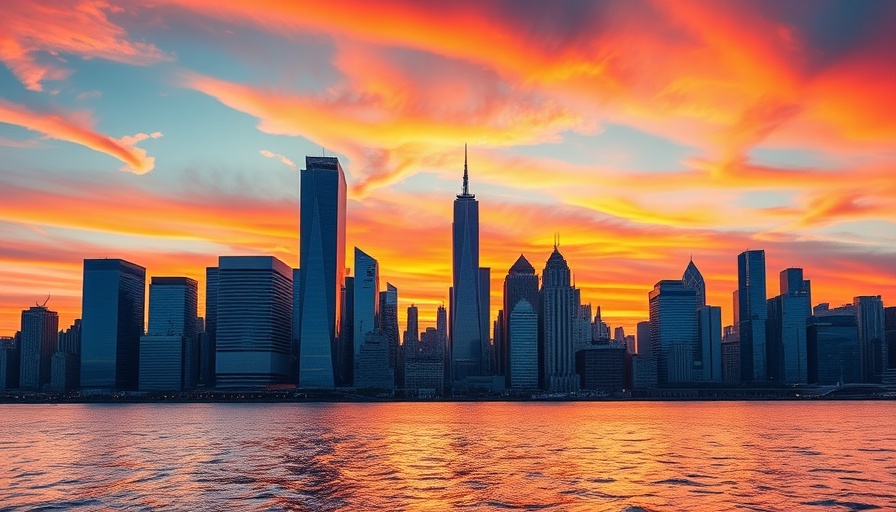
New York's Path to Reinvention: Embracing Change for a Sustainable Future
As we look toward **New York 2040**, the call for reinvention resonates across sectors, highlighting the importance of adaptability in a rapidly shifting economic and technological environment. With historical roots as a hub for innovation and trade, today's New York faces the challenge of redefining its identity amidst emerging competition and evolving industries.
The 18 Arenas of Economic Competition
Research by the McKinsey Global Institute identifies 18 arenas poised for high growth through the next decade, including artificial intelligence, biotechnology, e-commerce, and future air mobility. These industries signify a shift from traditional economic practices, illustrating a trend toward technology-driven growth. For example, in healthcare, the increasing demand for effective treatments for chronic conditions, particularly obesity, reflects changing societal needs and presents lucrative opportunities for biopharmaceuticals in New York.
This is emblematic of how New York has historically navigated through economic transformations—from a center for fur trade to a leader in finance and professional services. With over four million jobs concentrated in industries like healthcare, retail, and education, strategic investments in these emerging fields will be critical for continued economic vitality.
Green Economy: A Blueprint for Sustainable Growth
In alignment with Mayor Adams’ recently unveiled Green Economy Action Plan, New York aims to cultivate a workforce for **nearly 400,000 green-collar jobs** by 2040. This initiative presents not just an economic opportunity but a societal imperative to combat climate change while ensuring equitable job distribution among New Yorkers.
The introduction of a **Climate Innovation Hub** at the Brooklyn Army Terminal is instrumental in fostering innovation and supporting startups focused on sustainability, thereby intertwining environmental objectives with economic development. Moreover, developing green infrastructure—like charging stations for electric vehicles and retrofitting buildings—aligns with the city’s broader commitment to reducing carbon emissions while enhancing job accessibility.
Technological Advancements and Economic Opportunities
Investment in artificial intelligence and cloud computing, critical components of New York's future growth, promises to elevate production capabilities across industries. Predictions estimate these sectors could generate **up to $4.6 trillion** globally by 2040. Companies that leverage these technologies can optimize operational efficiencies, thereby securing New York’s position as a leader in innovation.
However, the transition to these technologies must be managed carefully to mitigate potential inequities. Policymakers must ensure access to training and upskilling for those in professions vulnerable to automation. This reflects the dual focus on meeting economic growth while addressing social justice—a fundamental aspect of New York’s aspirational future.
Future Mobility: Enhancing Urban Experience
As New Yorkers anticipate advancements in urban mobility—such as electric and autonomous vehicles—the potential to alleviate congestion and enhance transportation efficiencies looms large. The **future air mobility** sector, projected to transform urban transit, aligns with emerging technologies that promise to make New York not just a bustling metropolis but a model for sustainable urban living.
Conclusion: The Future of New York is Collective Reinvention
The way forward for New York will lie in its ability to embrace new technologies and rethink traditional systems. Reinvention is essential, and collective action across all sectors—public, private, and civic—will be paramount. To achieve a thriving, inclusive economy in 2040, New York must leverage its historical legacy while boldly investing in its diverse future.
 Add Row
Add Row  Add
Add 




Write A Comment